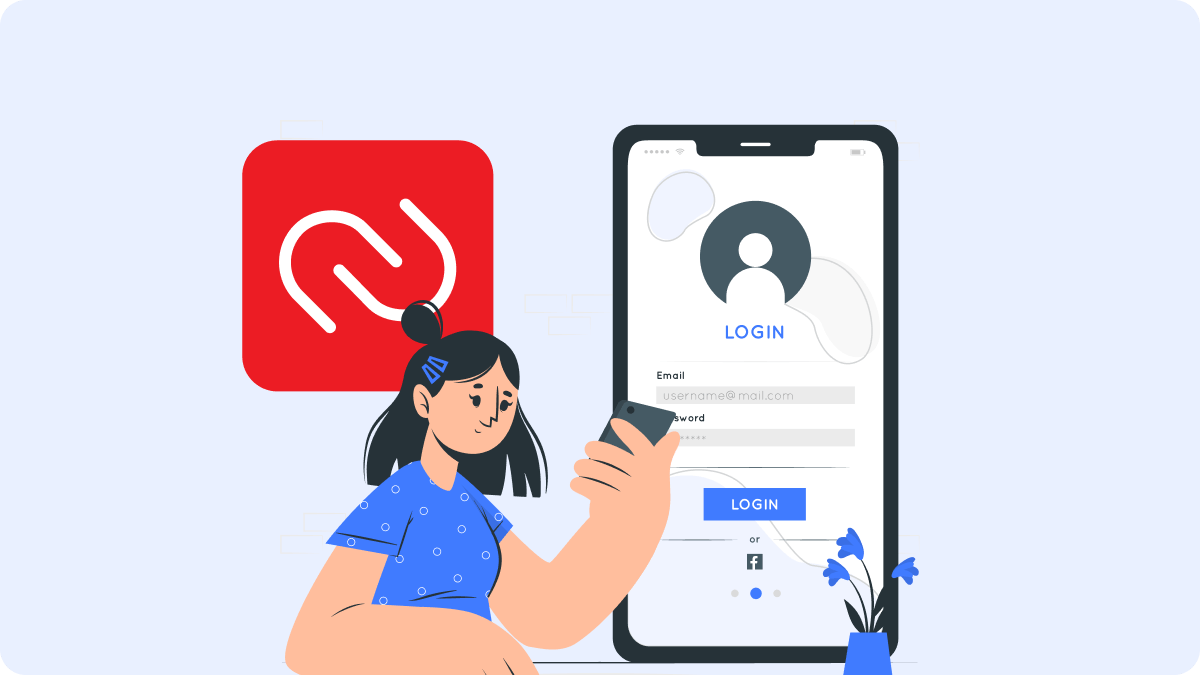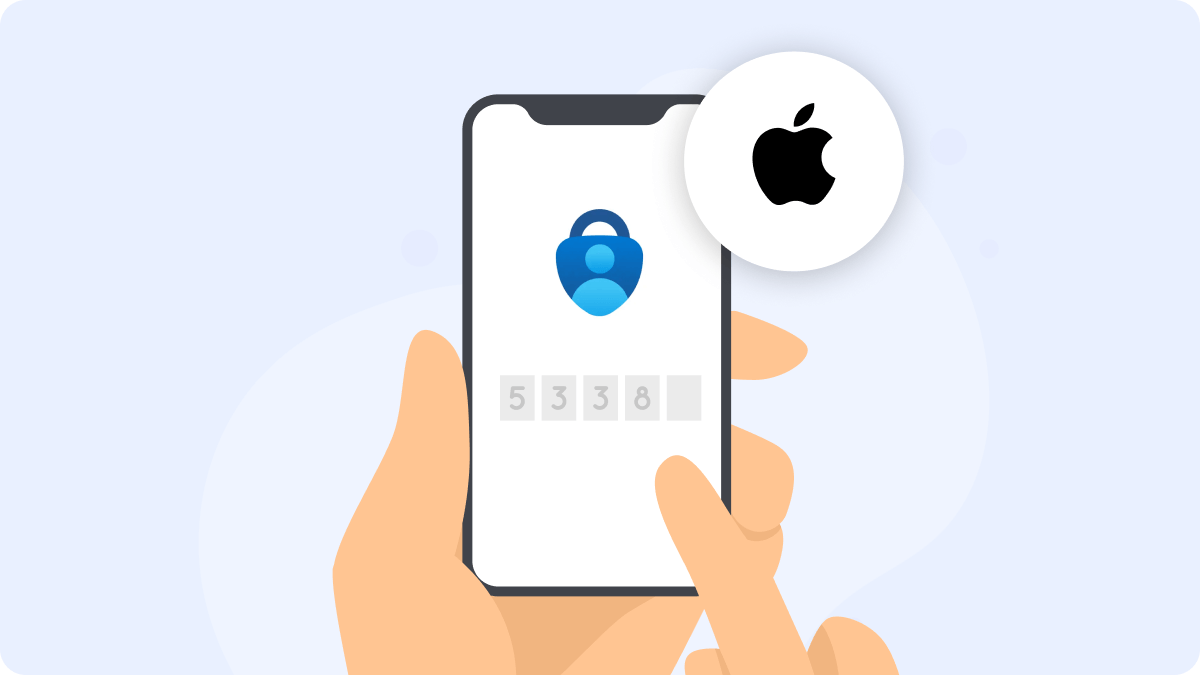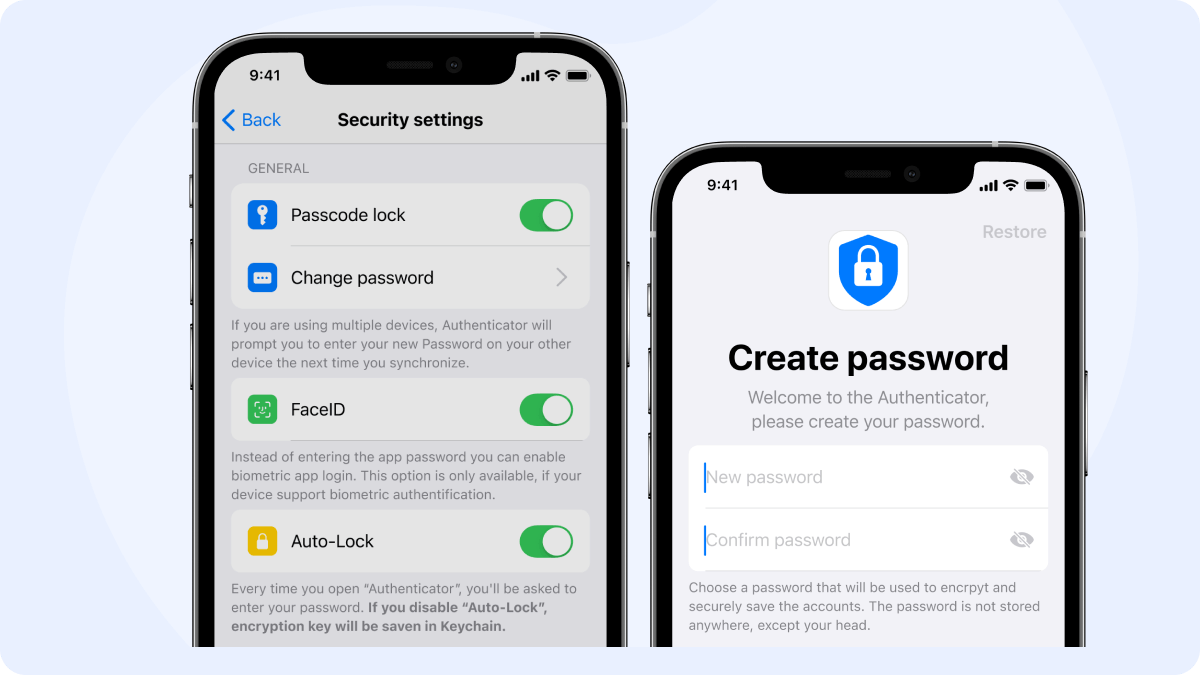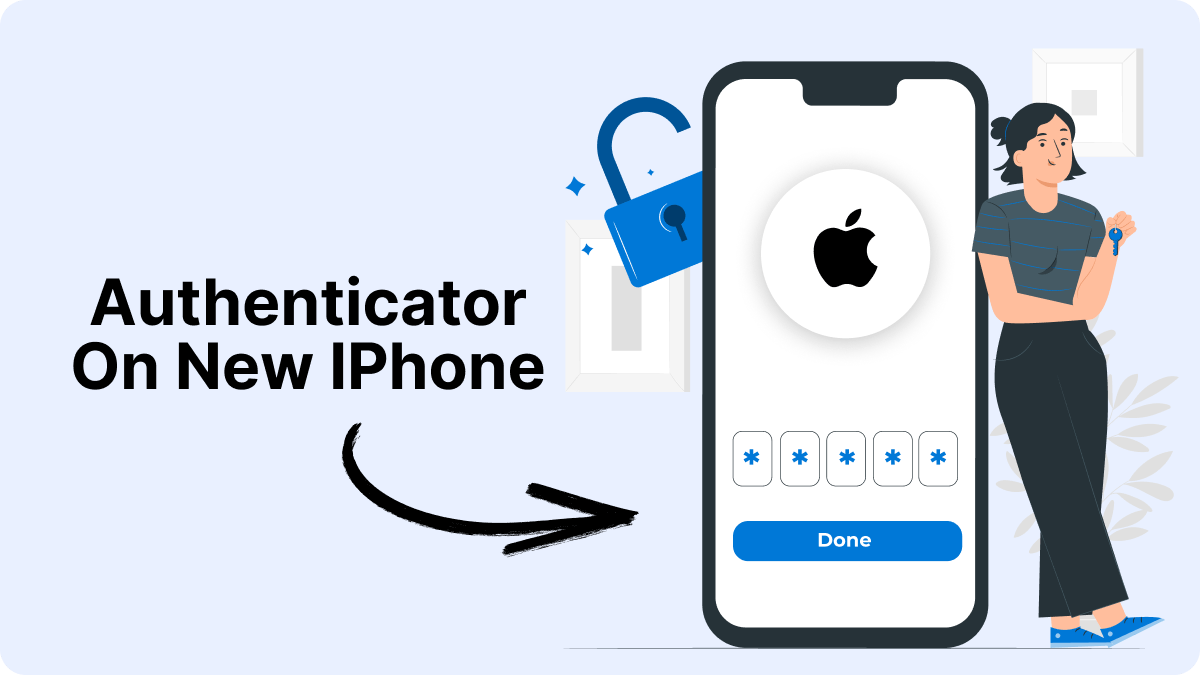
How Does Authy Work? A Complete Guide to Two-Factor Authentication
By Waseem A.
13 min read

In today's digital age, securing your online accounts is more important than ever. The Microsoft Authenticator app iPhone is a powerful tool for enhancing security, as two-factor authentication (2FA) has become a standard practice for safeguarding sensitive information. Mobile authenticator apps play a crucial role in this process, and Microsoft Authenticator helps provide an extra layer of security when signing into Microsoft and other third-party accounts.
However, when it comes to choosing an authenticator app, one name stands out: Authenticator 7. While Microsoft Authenticator is a popular choice, it is not available for all platforms. Unlike Microsoft Authenticator, Authenticator 7 is available across a range of devices and platforms, ensuring a seamless experience no matter what you use. In this guide, we’ll compare the Microsoft Authenticator app with Authenticator 7 and explore why Authenticator 7 is the best choice for iPhone users.
Authenticator 7 — The most versatile authenticator app available. It's highly secure, user-friendly, and works seamlessly across multiple platforms.Get started with Authenticator 7today and experience next-level security for your accounts!
Microsoft Authenticator is a free app designed to help secure your Microsoft account, as well as any other online services you use, with two-factor authentication (2FA). The app generates a time-based, one-time password (TOTP) or allows you to approve sign-ins directly on your mobile device.
While the Microsoft Authenticator app is widely used for Microsoft accounts, its features extend to various third-party services like Facebook, Google, and Amazon. The app is available on iPhone, Android, and Windows devices, but it has limitations, particularly when it comes to platform availability.
Microsoft Authenticator provides enhanced security by requiring two steps for verification:
Beyond security, the app also offers passwordless sign-ins for supported Microsoft services, adding convenience without the need to remember complex passwords.
However, Microsoft Authenticator has limitations:
Unlike Microsoft Authenticator, Authenticator 7 is available across multiple platforms, ensuring seamless integration and usage no matter what device you own. Whether you're using iPhone, Android, Windows, or macOS, Authenticator 7 provides a unified experience for your two-factor authentication needs. Let's dive into Authenticator 7's standout features and see why it outshines Microsoft Authenticator and other apps.
Microsoft Authenticator ensures that you are the only person accessing your accounts. By combining something you know (your password) with something you have (your phone), it offers enhanced protection for your online accounts.
While Microsoft Authenticator supports MFA for Microsoft accounts, Authenticator 7 takes this a step further by supporting MFA for all major platforms, including social media accounts (Facebook, Instagram, etc.), financial apps, and non-Microsoft services.
One of the most convenient features of Microsoft Authenticator is the ability to log in without a password. Instead, you can use Face ID, Touch ID, or PIN to authenticate your identity and sign into Microsoft services. This is perfect for those who prefer to skip passwords.
With Authenticator 7, this passwordless login feature is even more streamlined across all platforms, providing a unified experience on both mobile and desktop devices, something Microsoft Authenticator lacks on non-Microsoft platforms.
Microsoft Authenticator can autofill passwords for websites and apps, which makes logging in quicker and more secure. It stores the passwords for your Microsoft accounts, so you don’t need to remember them or type them in.
However, Authenticator 7 goes further by supporting cross-platform autofill, making it possible to sync passwords and autofill credentials across various devices and browsers. Authenticator 7 works seamlessly on iPhone, Android, Windows, and macOS.
With Microsoft Authenticator, you can set up your accounts on your iPhone, but syncing across different devices can sometimes be tricky or require extra steps. Microsoft Authenticator isn’t as flexible when it comes to syncing data between different platforms.
On the other hand, Authenticator 7 supports full device synchronization. Whether you’re switching between an iPhone, Android phone, or a desktop computer, Authenticator 7 ensures that your accounts and security settings remain intact across all your devices. You’ll never have to worry about losing access to your accounts, even when switching devices.
Both Microsoft Authenticator and Authenticator 7 support TOTP. This means that every time you sign in, a new temporary code is generated, adding an extra layer of security to your accounts. However, Authenticator 7 supports more third-party apps and services for TOTP than Microsoft Authenticator.
Setting up Microsoft Authenticator on an iPhone is fairly simple. Here’s how to get started:
First, download Microsoft Authenticator from the App Store. If you don't have it installed already, go ahead and search for it and install it.
Once the app is installed, open it and follow the on-screen instructions to add your Microsoft account. You can either scan a QR code from your Microsoft account dashboard or enter your details manually.
Next, enable two-step verification for your Microsoft account. This process requires you to verify your identity with an additional factor beyond your password.
Once everything is set up, test the app by attempting to sign in. You should receive a notification or code request in Microsoft Authenticator to approve the sign-in attempt.
While Microsoft Authenticator is a good choice for Microsoft accounts, Authenticator 7 provides additional flexibility for those who require more than just Microsoft services.
While Microsoft Authenticator has generally positive reviews, there are some pain points:

Authenticator 7, however, stands out because it’s designed for full compatibility across all devices. Whether you use Windows, Android, or macOS, Authenticator 7 makes it easy to access your accounts without worrying about platform-specific limitations.
Backing up your Microsoft Authenticator data is crucial, as losing access to your phone could mean losing access to your accounts. However, Microsoft Authenticator doesn't offer a straightforward or reliable backup and recovery process.
In contrast, Authenticator 7 offers cloud backup for easy restoration across devices. You can securely store your authentication data in the cloud, making it easy to recover your accounts if you lose or switch devices.
Microsoft Authenticator is a great app, but like any software, it has its issues. Common problems include:
Authenticator 7, by comparison, eliminates many of these issues with its cross-platform compatibility and backup solutions.
While Microsoft Authenticator adds a layer of security to your accounts, you should also follow best practices:
Authenticator 7 not only provides these features but also makes it easier to manage and recover accounts across devices, ensuring you’re always protected.
Yes, you can use Microsoft Authenticator on multiple iPhones, but syncing across devices is not always reliable.
If you lose your phone, you’ll need to go through the account recovery process to regain access. Authenticator 7, however, makes it easy to restore accounts via cloud backup, ensuring a smooth recovery process.
Microsoft Authenticator is a solid choice for securing your Microsoft accounts, but if you need a more versatile, cross-platform solution, Authenticator 7 is the superior option. Authenticator 7 supports a wider range of devices, offers better synchronization and cloud backup, and ensures a seamless authentication experience across all platforms.
For iPhone users seeking a comprehensive, all-in-one authenticator app, Authenticator 7 is the best choice. Download Authenticator 7 today and enjoy a more secure and flexible authentication experience that Microsoft Authenticator can’t match.

By Waseem A.
13 min read

By Waseem A.
10 min read

By Waseem A.
10 min read
Copyright ©2025 bestauthenticatorapp.com
Established in 2025, bestauthenticatorapp.com is dedicated to reviewing authenticator apps and exploring topics related to online security and account protection. Our team of cybersecurity experts, writers, and editors works tirelessly to help readers secure their digital lives. bestauthenticatorapp.com operates independently but collaborates with industry leaders to provide comprehensive insights into authentication We aim to deliver accurate and up-to-date reviews written according to strict editorial standards. These reviews prioritize honest and professional evaluations, considering both the technical capabilities and practical value of each product for users. While we strive for objectivity, rankings and reviews published on bestauthenticatorapp.com may take into account affiliate commissions we earn through links on our website. These commissions support our mission to provide free, high-quality information to our readers.